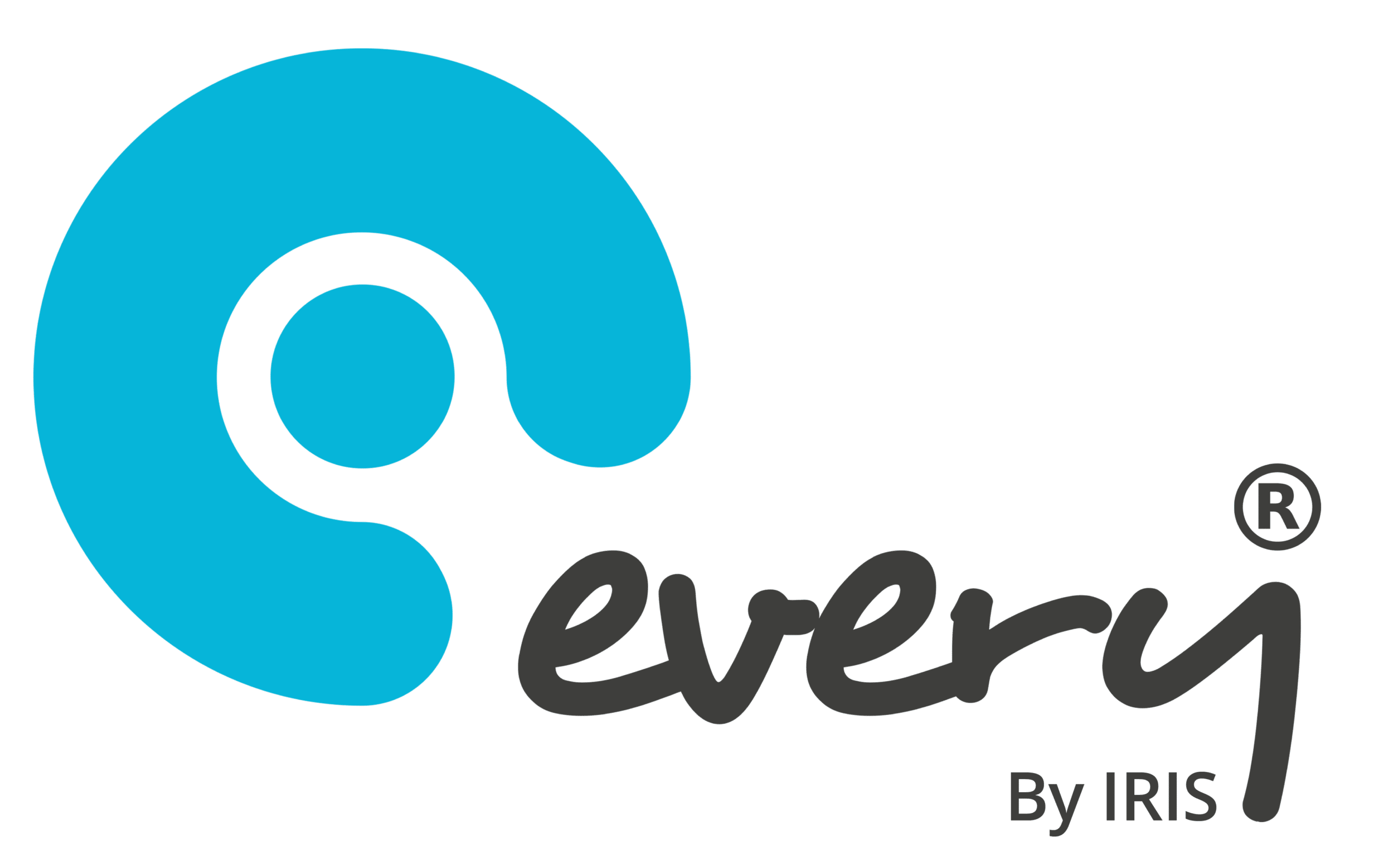Currently, there is competition aplenty to hire in the academic sector. Nationwide teacher shortages are increasing pressure on recruitment teams to attract and retain talent for their school or MAT. Simone Payne, CEO of teacher recruitment agency 4myschools, recently commented, ‘key subjects like English, Maths and Science are facing the greatest shortages‘.
Marrying effective internal recruitment activities with external appeal is imperative to reducing your school/trust’s number of vacancies. Read our top tips to find out how you can ensure your recruitment cycle is working with you, not against you!
1. Speed up the recruitment process
Your HR software should be helping to aid the implementation of a faster recruitment cycle that benefits both applicants and the school/trust. Candidates often spend hours perfecting their job applications in a bid to secure their desired post. The quicker you are able to carry out activities like shortlisting, the more informed and engaged your favoured applicants are likely to be throughout the rest of the recruitment process.
Once you’ve established proactivity, most good applicants will strive to reflect this, helping to ensure timely responses of key information and exercises. In the long-run, valuable time is saved, and crucial posts can be filled with lesser disruption.
2. Have full visibility of the cycle
When was the last time you were contacted by a candidate who wanted to know how their application was progressing, but you struggled to source the information required for the update? It’s well recounted that ‘you only get once chance to make a first impression’; you don’t want to be prompting your best talent to withdraw their application before you’ve even had chance to read it!
To help control a prompt pace of activity, it’s important to have the ability to access and manage all recruitment-related activities from one place. This significantly reduces the amount of time spent dipping in and out of various files, systems, and paper-based cabinets to retrieve information. In the same way, inputting all related data into just one system rather than multiple omits duplication of tasks which can also increase the likelihood of human error.
Our HR software’s recruitment module has been developed to store all related post and candidate information, as well as application progress. All posts are detailed in a table alongside their unique post IDs. Next to each post, details of the number of associated candidates and the differing hiring process stages (like pre-screening questions and interview information) is documented. This means the user can view and retrieve any data related to a certain post or applicant in an instant.
3. Proactive recruiting
In an ideal world, employees looking to leave their current positions would give as much notice as possible to minimise the effects on the school/trust. Whether posts become vacant due to career changes, retirement, or even promotions, actively preparing for upcoming vacancies lessens disruptive effects.
With our ‘posts to fill’ feature, posts that are currently vacant and those that will soon become empty can be populated and viewed. Recruitment activities become proactive by nature and are further supported by the ability to monitor a post’s full cycle. From vacancy opening through to applicant hire, bottlenecks and unfulfilled tasks can be identified, further streamlining recruitment.
4. Ensure a smooth transition from applicant to employee
Once you’ve congratulated your newest employee on their success, it’s usually time to replicate their personal information into your existing HR system(s). Not only is this another task that takes up valuable time, it’s also another area in which work is duplicated!
Our HR software’s recruitment module easily transfers information from a successful applicant across to employee status. This saves time, reduces the risk of data input errors, and allows for full visibility across their employee journey within your school/trust.
5. Engage new employees
Often, there can be weeks – if not months – between the acceptance of a job role and the commencement of employment. Keeping new employees as engaged as possible helps for a smoother transition. Using this time to carry out a long list of administrative activities too is beneficial to both the new employee and your school or trust. For instance, distributing policies and documents to be read and understood, or uploading information about completed and outstanding training.
The self-service employee portal is an integral part of our HR software, meaning the above, and more, can be actioned. So, you can be safe in the knowledge that your new starters will be as prepared as possible to get on with the role at hand on the first day, rather than be messing around with time-consuming administrative tasks!
6. Retain enthusiasm and drive recommendations
Whether they get the position or they are unsuccessful, the better your applicant pool’s recruitment experience, the better the reputation your school/trust’s recruitment activities will have. By keeping communications clear and prompt, you will notice increased levels of engagement from your applicants.
Every stage of the process is a way in which you can promote your school/trust as a desirable place to work. As such, it’s far more likely that when advertising future posts, you will be able to attract a greater number of candidates helping you to ensure that you are recruiting from an applicant pool that is competitive in itself.
Is it time you recruited new software to help secure your next best hire?
| Thank you for Signing Up |




